
|
|
|
| synonym |
Ophiderma griseum |
| description |
The female is slender, with a long grayish pronotum. The face is a dull white to yellowish color, and there are black dots on the vertex above the red ocelli. Pale bands cross the pronotum, and the forewings are part white, part clear; the tip is black. The body beneath is pale, and the legs are pale with a black base. Males are slender, with hairy pubescence on the face and pronotum. The pronotum is similar to that of the female, but darker and shorter; it varies in color from brown to black, with creamy to white bands. The face is creamy to white, and the wings resemble those of the female but with a black band crossing in the middle. The body beneath is black, and the abdominal segments are edged posteriorly with pale color. The legs are pale, with black bases. Adult males are 5.5 to 6.0 mm long, while females are 6.0-6.2 mm. (Kopp, 1973) |
| distribution |
Eastern and central North America |
| abundance |
Seasonal distribution: 18 June-9 August (CTNC) |
| seasonal_occurrence | |
| habitat |
|
| plant associates |
Quercus sp. |
| behavior |
To listen to the male courtship call for this genus, listen here. These courtship calls are not audible to the human ear, and the calls here are produced by recording the substrate vibrations that the treehoppers use to communicate through the plants themselves. The recorded call is then amplified so that it is now audible to human ears. Research has shown that treehoppers use vibrations to attract mates, to announce the discovery of a good feeding site, or to alert a defending mother to the approach of a predator (T.IM). |
| comments |
|
status |
[Native:]
[Introduced:]
[Extirpated:] | | list_type |
[Official:]
[Provisional:] |
| adult_id | Unmistakable and widely known Identifiable from good quality photos of unworn specimens
Identifiable from photos showing undersides, or other specialized views [e.g., legs, face]
Identifiable only by close inspection of structural features or by DNA analysis NULL |
| nymph_id | Unmistakable and widely known Identifiable from good quality photos, especially where associated with known host plants
Identifiable from close inspection of specimens or by DNA analysis
Identifiable only through rearing to adulthood NULL |
| G_rank |
|
| S_rank |
|
| rank_comments |
|
| tribe |
Smiliini |
| subgenus |
|
Species Photo Gallery for Ophiderma grisea No Common Name |
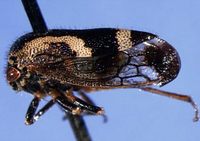 | Photo by: Matthew S. Wallace
Out Of State Co.
Comment: male |  | Photo by: Matthew S. Wallace
Out Of State Co.
Comment: female |
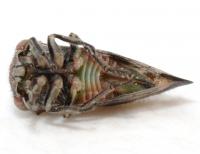 | Photo by: Kyle Kittelberger
Out Of State Co.
Comment: 6.2 mm long, female | 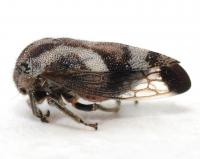 | Photo by: Kyle Kittelberger
Out Of State Co.
Comment: 6.2 mm long, female |
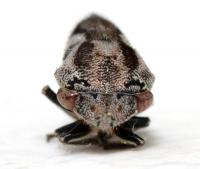 | Photo by: Kyle Kittelberger
Out Of State Co.
Comment: 6.2 mm long, female | 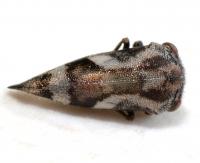 | Photo by: Kyle Kittelberger
Out Of State Co.
Comment: 6.2 mm long, female |
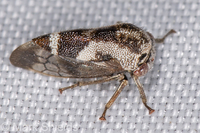 | Photo by: Mark Shields
Onslow Co.
Comment: | 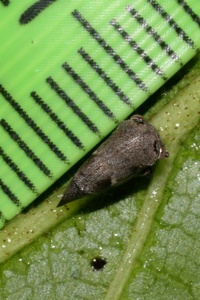 | Photo by: Scott Bolick
Alleghany Co.
Comment: |
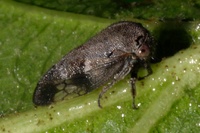 | Photo by: Scott Bolick
Alleghany Co.
Comment: |  | Photo by: Scott Bolick
Alleghany Co.
Comment: |
 | Photo by: Scott Bolick
Alleghany Co.
Comment: | 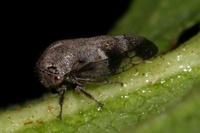 | Photo by: Scott Bolick
Alleghany Co.
Comment: |
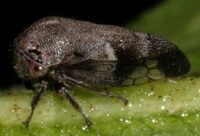 | Photo by: Scott Bolick
Alleghany Co.
Comment: |

 »
»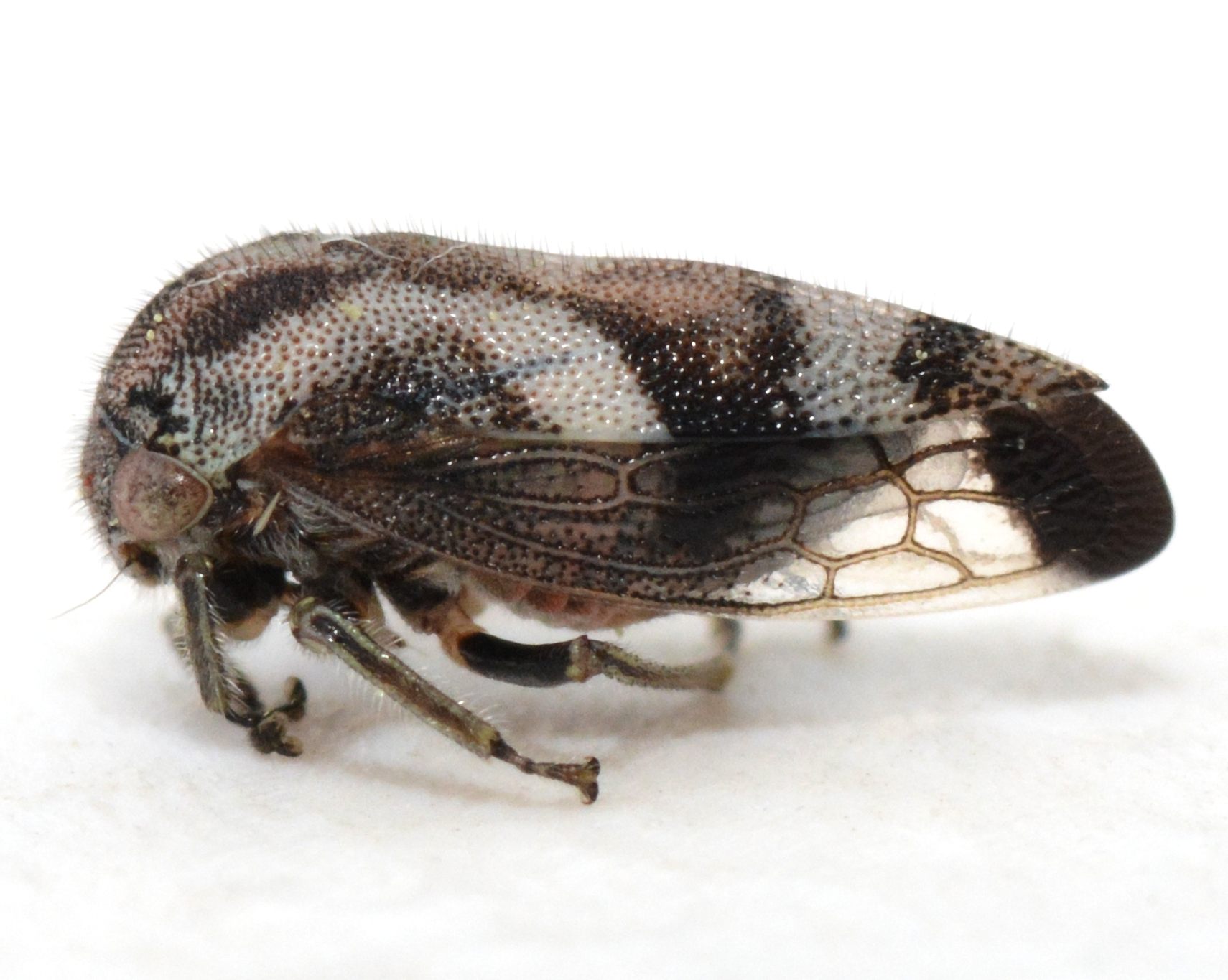
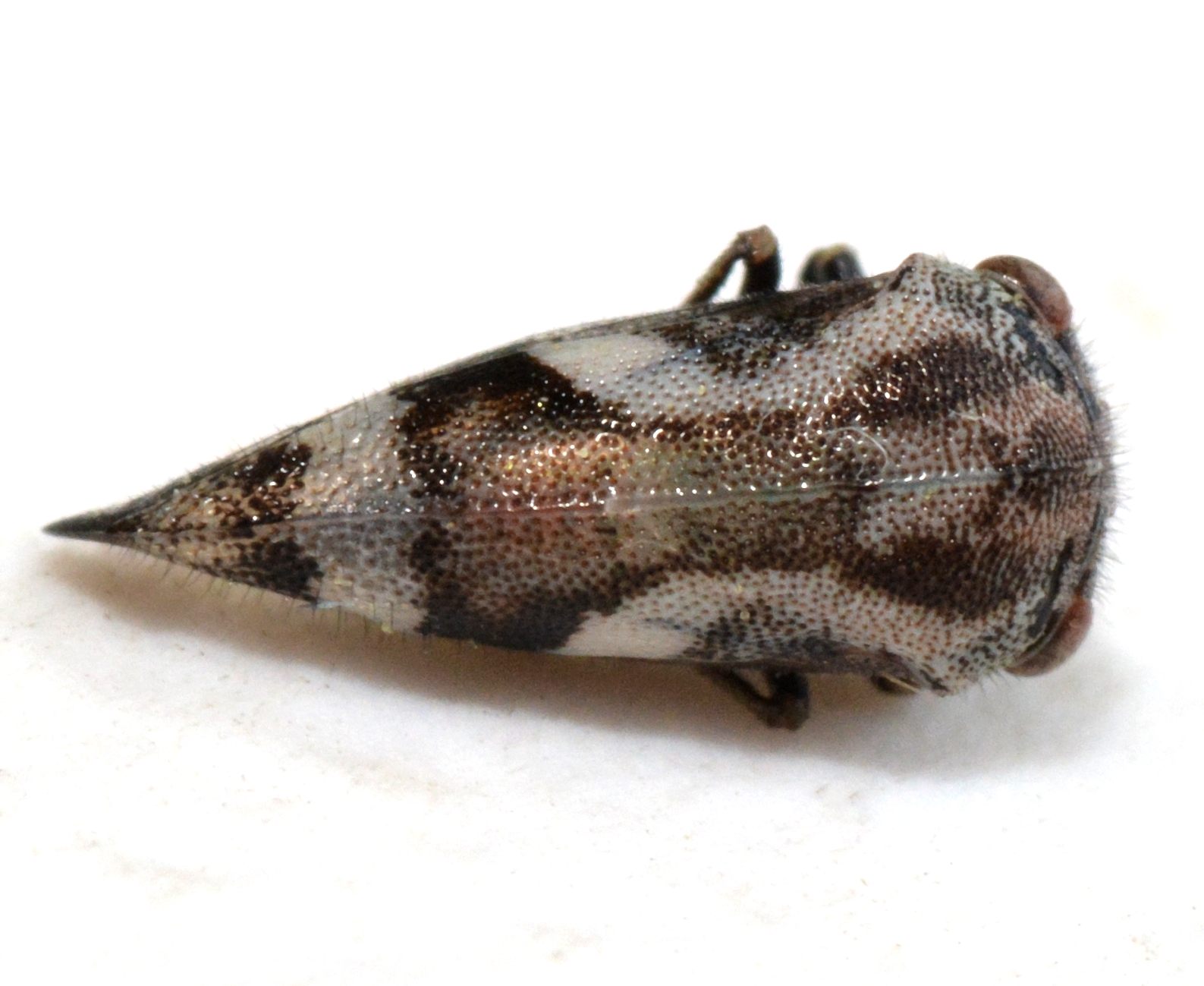



 »
»


